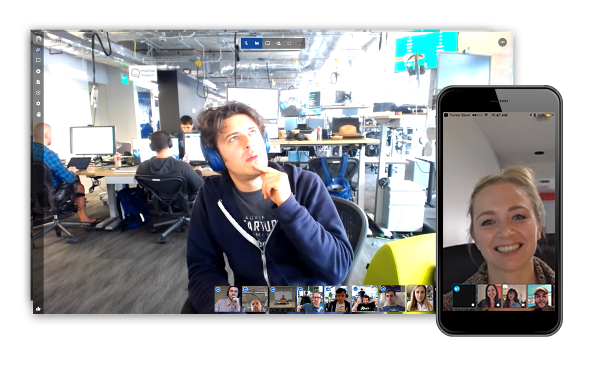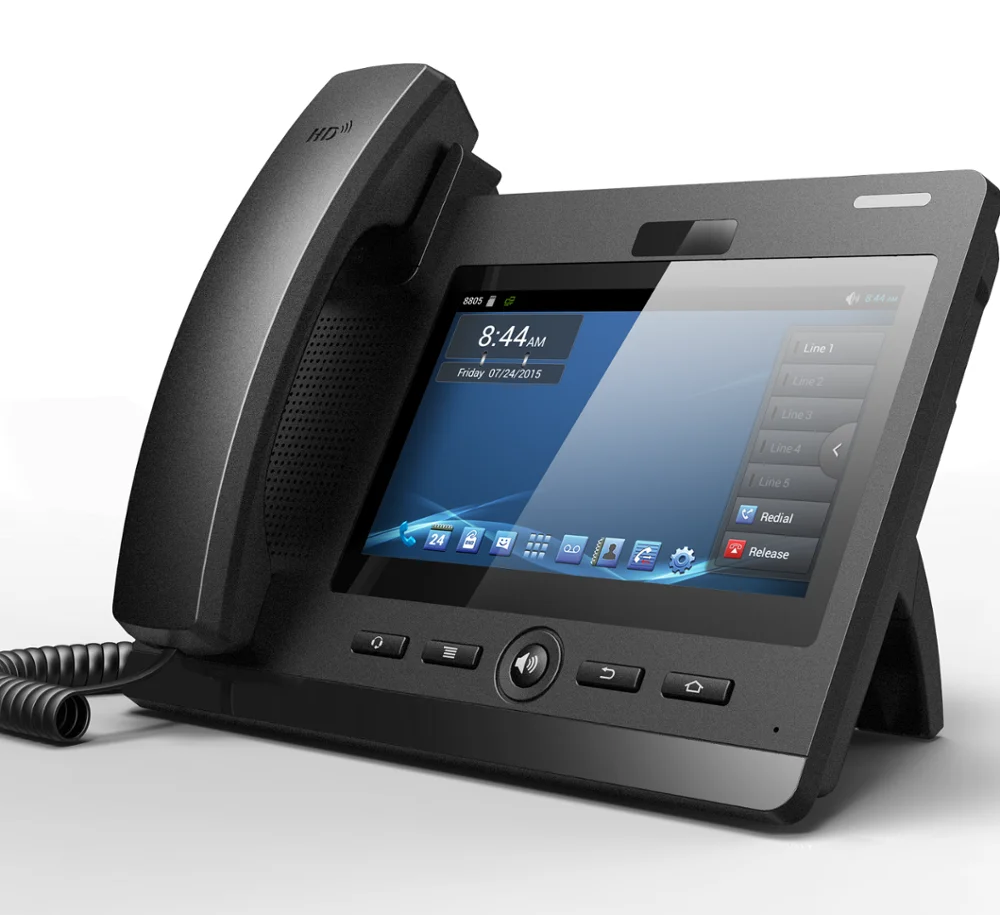

Still, if you are reading this, then you are one of those who has come to the realization that you want to have your own setup for video-conferencing and Jitsi has come to your rescue. You all must have used a couple of video conferencing services already. And in these challenging times, we have all resorted to video-conferencing to handle office meetings more than ever. Prosody is a cross-platform XMPP server written in Lua.What a year, isn’t it? It’s been more or less 3–4 months that we all have been away from our offices ( unless you work remotely) work from home has become the new normal.


One Jibri supports only one recording at the same time. It is intended to be run on a separate machine (or a virtual machine), with no other apps using the video or audio devices. It works by launching a Chrome instance rendered in a virtual framebuffer and capturing and encoding the output with ffmpeg. Jibri is a set of tools for recording and/or streaming a meeting hosted on Jitsi Meet. Jigasi – external extension designed for participating in Jitsi conferences via SIP telephony (a separate extension required). Several video bridges can be connected to the Jitsi videoconferencing system with each new conference assigned to one of them. Jitsi Videobridge contains its own HTTP API ( /colibri/debug) for monitoring.īased on the Simulcast architecture, Jitsi Videobridge is not responsible for transcoding and consumes relatively few CPU resources.However, Simulcast significantly increases the client-side load as compared to other architectures. When transmitting video and audio between the participants, it acts as an intermediary, which means it performs RTP/RTCP termination and sets the bitrate limits in both directions for each client. Jitsi Videobridge is a key component of the system. Jicofo has its own HTTP API /about/health that allows checking Jicofo’s status. During conferences, it can send invitations, perform load balancing when using multiple XMPP servers, etc. It’s a process responsible for connecting client apps to video meetings. If you would like to add a user with the username user to the sudo group, use sudo usermod -a -G sudo user.

#Jitsi videobridge install
You can check its availability using the sudo -V command and install it using apt install sudo as a root user. Please note that sudo may be unavailable in Debian by default. You can use sudo to execute the commands listed below. For example, in this article we will install Jitsi Meet on Debian 10. Jitsi Meet can be deployed on Debian/Ubuntu and openSUSE. 22/tcp – if you use SSH to connect to the server (it is a default value, if you use a different port, specify it instead of 22).10000/udp – for audio and video communication within your network.443/tcp – for general access to Jitsi Meet.80/tcp – to verify/renew SSL certificate with Let’s Encrypt.The following packages are required for Jitsi Meet installation:īelow you can find the list of ports that you will need to open in your operating system or forward to an external network: Step 7: Getting started with Jitsi Meet.Step 4: Adding the Jitsi package to the repository list.


 0 kommentar(er)
0 kommentar(er)
